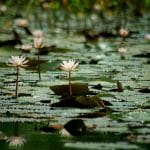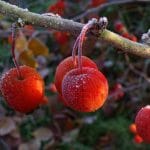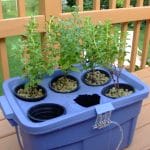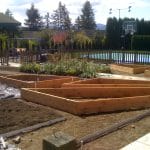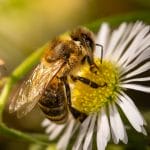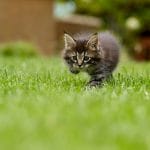Wild Garden Ideas for Backyard Design
DIY Projects Garden Design
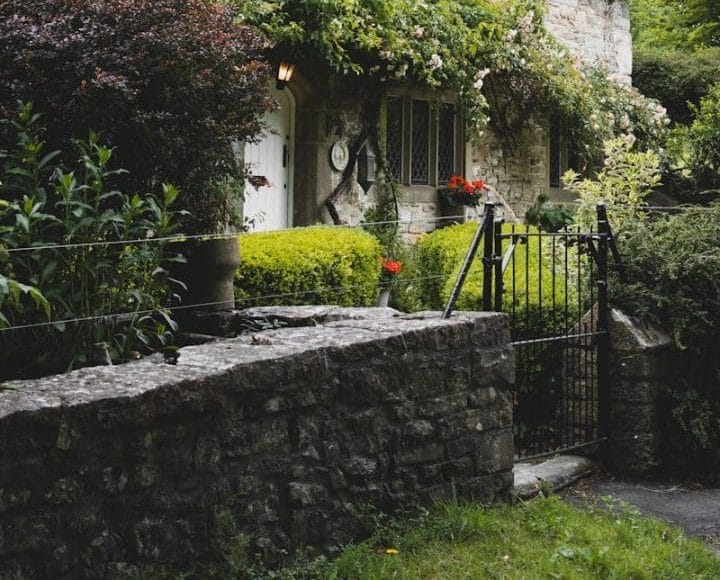
If you’ve ever watched the 2015 film Dare to Be Wild, you know it’s not just about gardens — it’s about soul. The movie, which is one of my favorites, takes you on a journey through the lush, untamed beauty of the Irish countryside, and it makes you want to step outside, roll up your sleeves, and create a patch of paradise. And you can. No rolling hills are required (just a bit of imagination, some determination, and a willingness to get your boots muddy). I’ve spent years learning that the best gardens aren’t always the most polished. Instead, they’re the ones that feel alive — a little wild around the edges, with surprises hidden in unexpected places. You can create that kind of garden, even in a modest backyard. Let’s walk through it together, neighbor to neighbor, with a cup of Irish Breakfast tea in hand.
Step One: Let Nature Lead
If you want that magical Irish feel, the trick isn’t to force your plants into neat, stiff rows. It’s to let them be themselves. Think of yourself less like a designer and more like a conductor — the plants are the orchestra, and you’re just giving them the right stage and keeping them in tempo.
Native plants are a great place to start. In Ireland, wildflowers like foxglove, primrose, and meadowsweet weave themselves into the landscape. In your yard, you can swap in local equivalents — blooms that suit your soil and weather but still bring that loose, cottage charm. I’ve had more luck with this approach than any color-coordinated plan I’ve ever tried. Mother Nature’s palette beats mine every time.
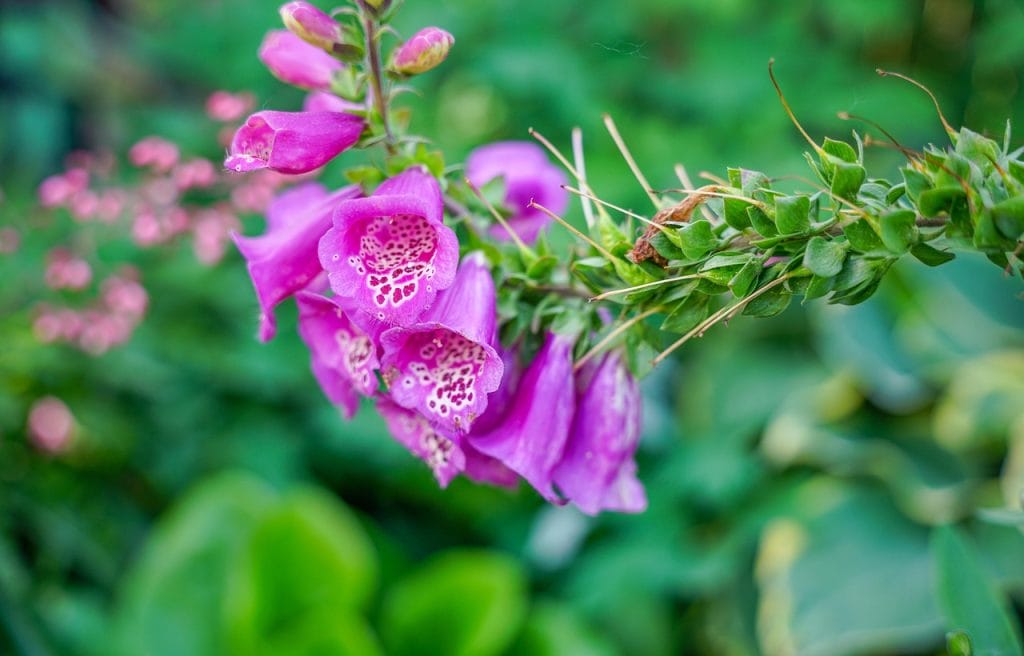
Step Two: Layer the Green
Irish gardens have a richness to them because there’s depth — tall trees, mid-level shrubs, groundcovers, vines. If your space is flat and bare, start thinking in layers.
I’m partial to planting a “green backbone” first. For me, that’s trees. There’s something deeply satisfying about tucking a sapling into the soil and knowing it’ll outlast you. I’ve grown apple trees from seed, oaks from acorns, and even a few oddball experiments (ever tried sprouting a chestnut from the grocery store? It’s hit or miss, but when it hits, you feel like you’ve won the lottery).
Once the trees are in, I fill the spaces with shrubs, herbs, and flowers, mixing textures so it feels natural, not staged. The Irish garden visual is more like a meadow than a magazine spread.
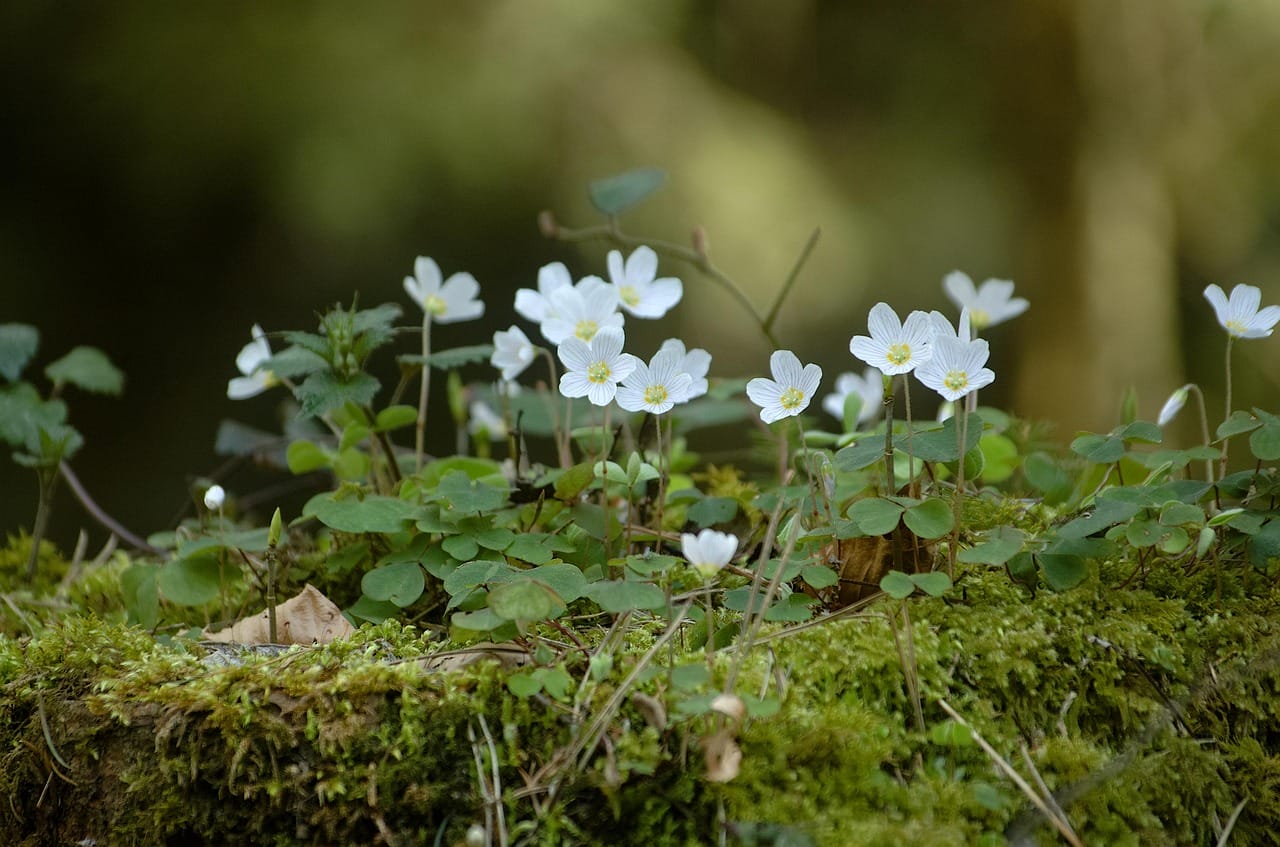
Step Three: Design and Decor
If you want to lean into the Irish feel, consider adding a few stone features. Ireland is stitched together with dry limestone or granite walls that seem to have grown right out of the earth, so a short boundary wall or a stacked stone bed edging can give you that same timeless texture. Even just a cluster of mossy boulders in a shady corner can make the space feel grounded and old-world. Consider tucking a small leprechaun statue among the greenery. A zen garden might have a buddah so why not a leprechaun in an Irish garden? — a playful nod that catches the eye when you least expect it. Another idea is to set up a simple, weathered bird bath, covered in moss and natural patina that forms over years or (or decades) in the style you’d find on an Irish country estate. These details don’t just add decor; they anchor the garden, giving it a sense of place that feels both whimsical and rooted in history.
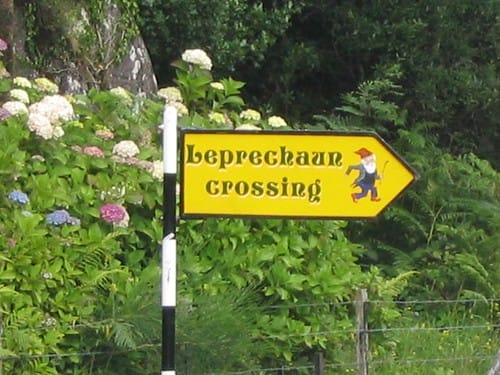
Step Four: Invite in the Wild Things
Over the years, I have learned that the best gardens are for birds, bees, frogs, the unseen pollinators that make the whole thing an ecosystem.
A little patch of clover or wild thyme in the lawn can be more valuable to a bee than any showy imported bloom. Leave a log pile in the corner for beetles. Let a section go slightly untamed. You’ll be surprised how quickly the place fills with life.
And here’s the thing — once you see a hummingbird dart through your flowers or hear frogs after a summer rain, you realize you’ve built something bigger than a garden. You’ve made a home for more than yourself.
Step Five: Build Your Quiet Corners
The Irish countryside has this way of inviting you to slow down. Even a small backyard can do the same if you carve out little places just to be and exhale.
In one of my past gardens, I had a bench under the apple tree where the light filtered in just right on spring mornings. I kept a chipped old teapot there that doubled as a vase for whatever was blooming. It wasn’t fancy. But it’s where I had some of my best thinking, coffee in hand, dirt still under my nails.
If you’ve got room, add a winding path or two — even just a mown strip through taller grass. A journey, however short, changes how you see a space.
Step Six: Grow Something You Can Eat
Part of what makes gardening magical is the way it feeds you — body and soul. You don’t have to go full farmer to enjoy this. Even a few pots of herbs near your seating area can make your backyard feel alive in a new way.
I grow plenty of ornamentals, but I’ll never be without some lettuce, kale, and tomatoes. Fresh from the garden, they taste nothing like the ones at the store. And when you pick your own dinner five minutes before you eat it, you can’t help but feel a little proud.
If you want to stay in the Irish theme, try potatoes (obviously) or cabbage, and mix them into the flower beds. Food plants can be just as beautiful as ornamentals — and they pull double duty.
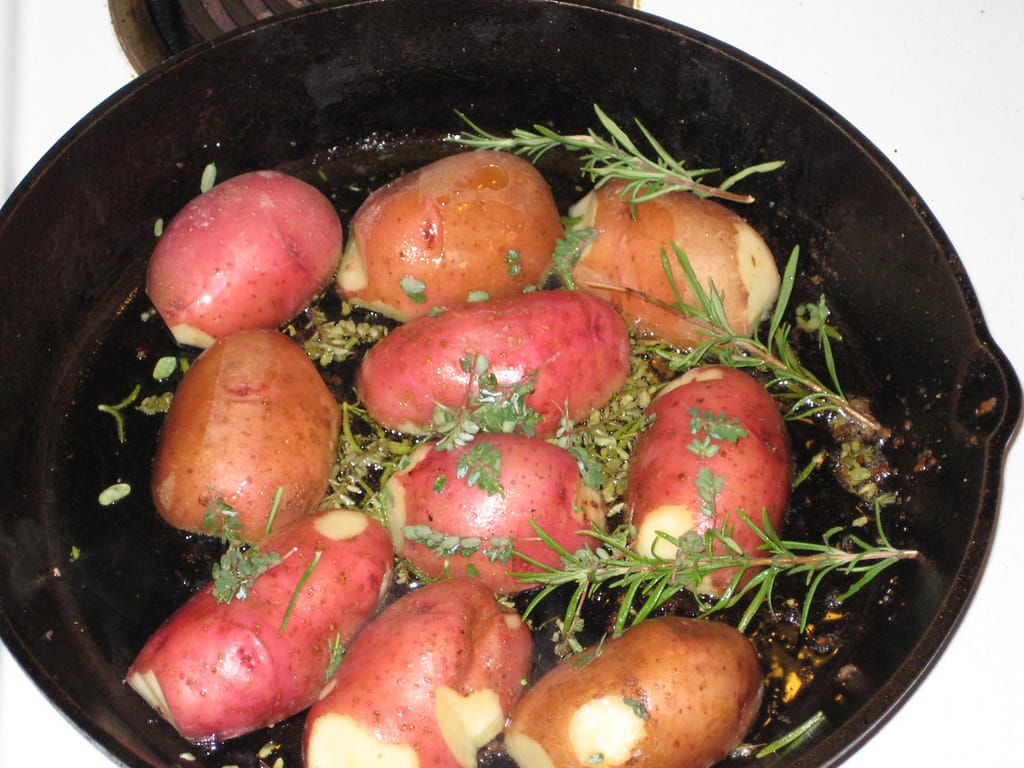
Step Seven: Don’t Over-Perfect It
The charm of a wild-style garden is that it’s never really “done.” Some of my favorite corners of the garden started as “mistakes” I was too tired to fix. That’s the fun of it — you’re always learning, constantly adapting.
So leave room for self-seeding flowers. Let the wind and the birds plant a few surprises. Nature’s got a much better imagination than we do.
A Note on Organic Methods
If you’re going to invite nature in, you’ve got to keep it safe. Skip the harsh chemicals and go with Diatomaceous earth (DE) for pest control. Compost your kitchen scraps and mulch them with leaves for fertilizer. Think of your soil as a living thing — because it is. The Irish countryside thrives without constant sprays and synthetic feeds, and your backyard can too.
I’ve been organic for years now, and I can tell you — the garden may take a little longer to mature, but it’s worth it. Healthier plants, better flavor, and the satisfaction of knowing you’re adding to the lungs of the world, not taking from them.
Quick FAQ for Your Own “Dare to Be Wild” Garden
Q: Can I really get the Irish garden look if I don’t live in Ireland?
A: Absolutely. Focus on layered planting, soft edges, and native plants that mimic the loose, romantic feel.
Q: How do I keep it from looking messy?
A: Give it structure — a path, a hedge, a stone wall or a focal point — then let the rest go a little wild.
Q: Do I need a big space?
A: Not at all. Even a balcony can pull off the look with pots, hanging baskets, and a few trailing vines.
Q: Is this style high-maintenance?
A: A less manicured lawn can require less maintenance, but you’ll still need to weed and water, nature takes care of much of the design work.
If you’ve been waiting for permission to embrace a more natural garden, this is it. There’s something liberating about stepping away from the pursuit of perfection and allowing things to develop organically.
So, go ahead—embrace the wildness in your own backyard. You might discover that this is the treasure you’ve been seeking.
Share this post
Table of Contents
All categories
More From The Garden
Disclosure: This post may contain affiliate links. That means if you click and buy, The Bright Garden may earn a small commission, at no extra cost to you. We only recommend products we’ve vetted and believe will benefit our readers.

